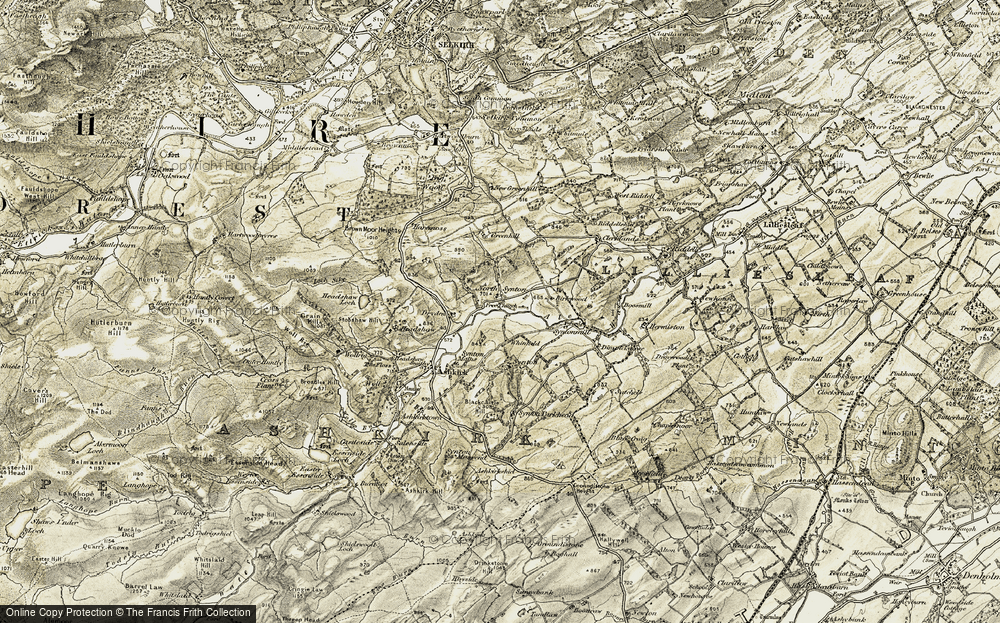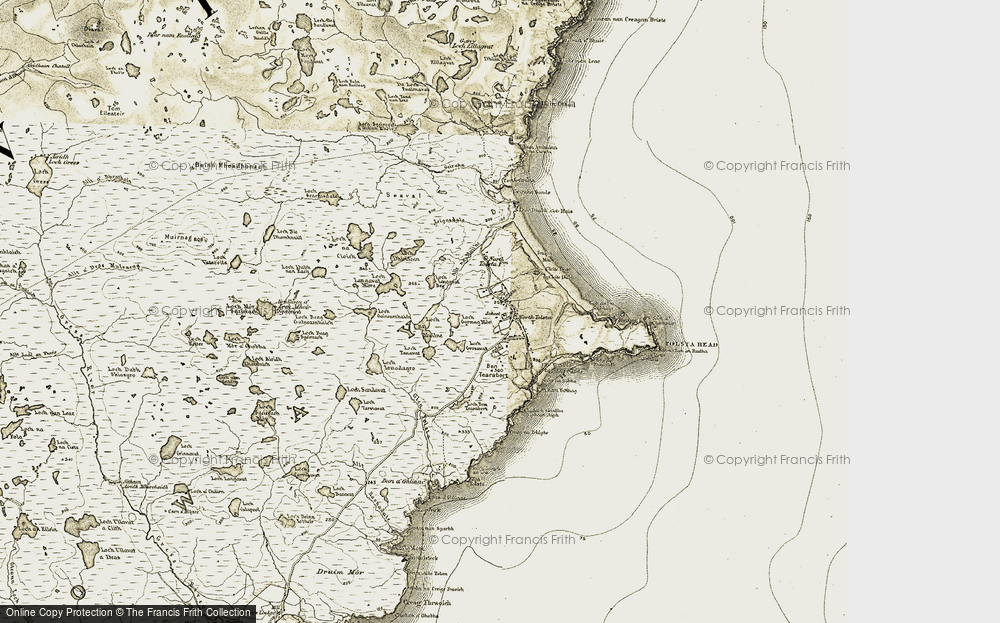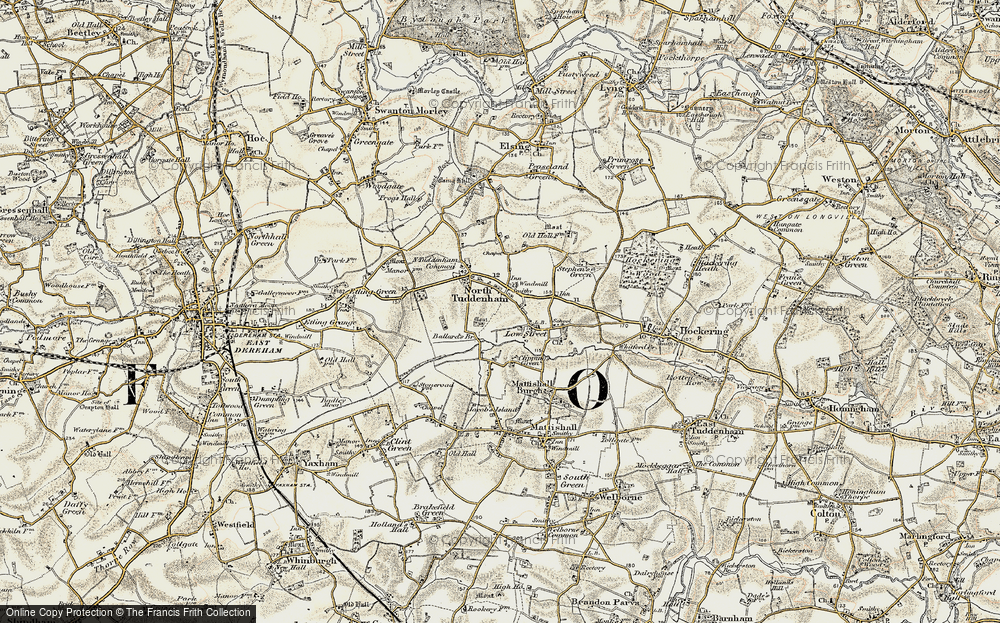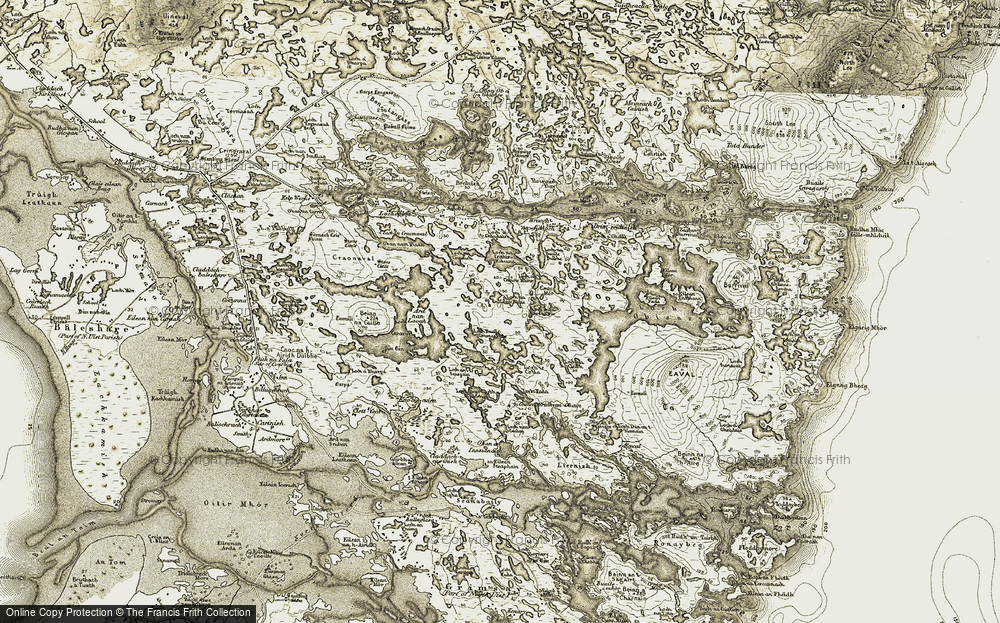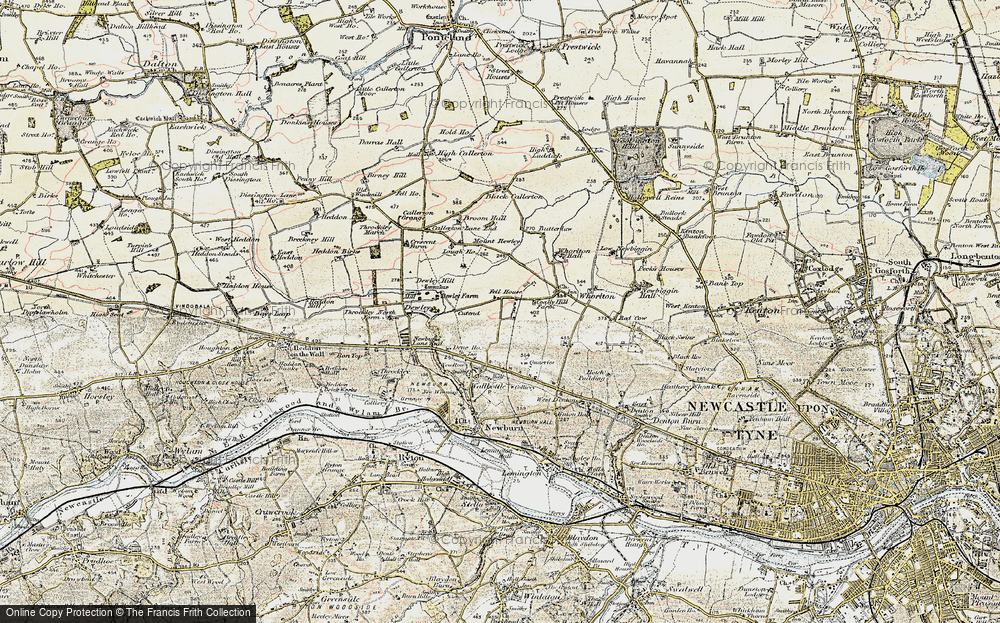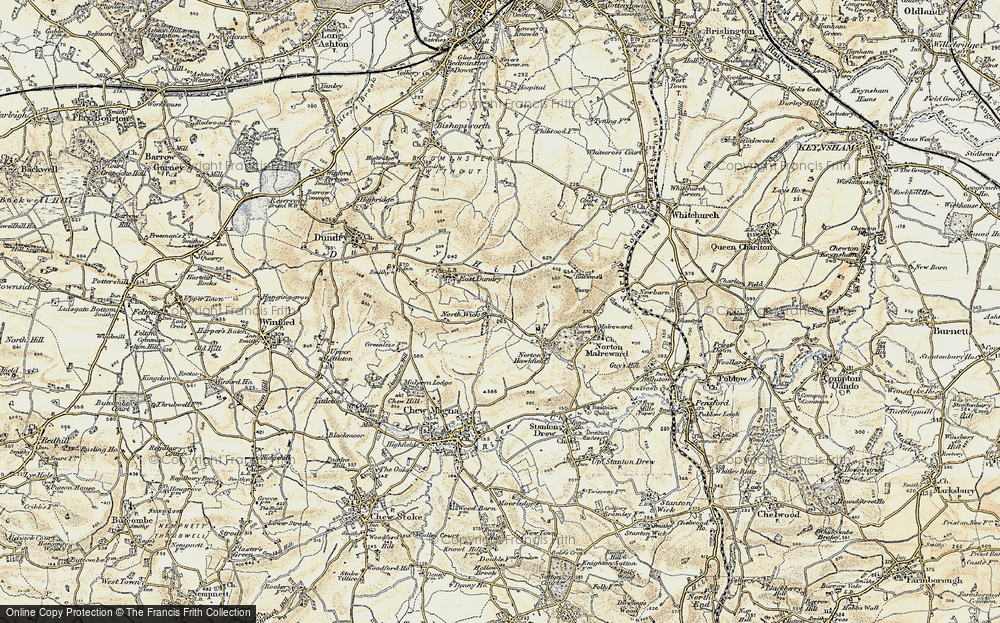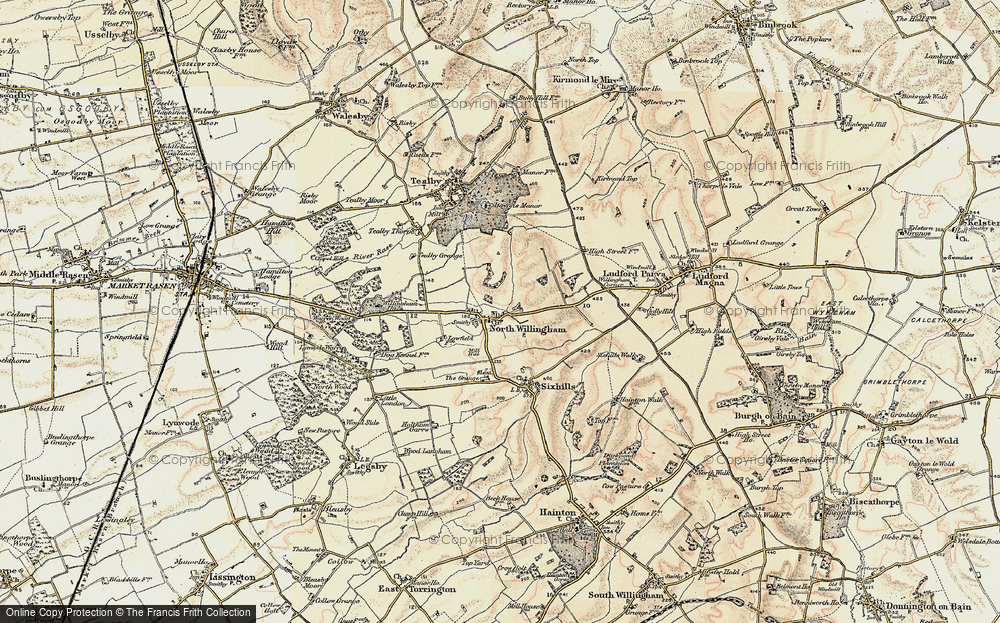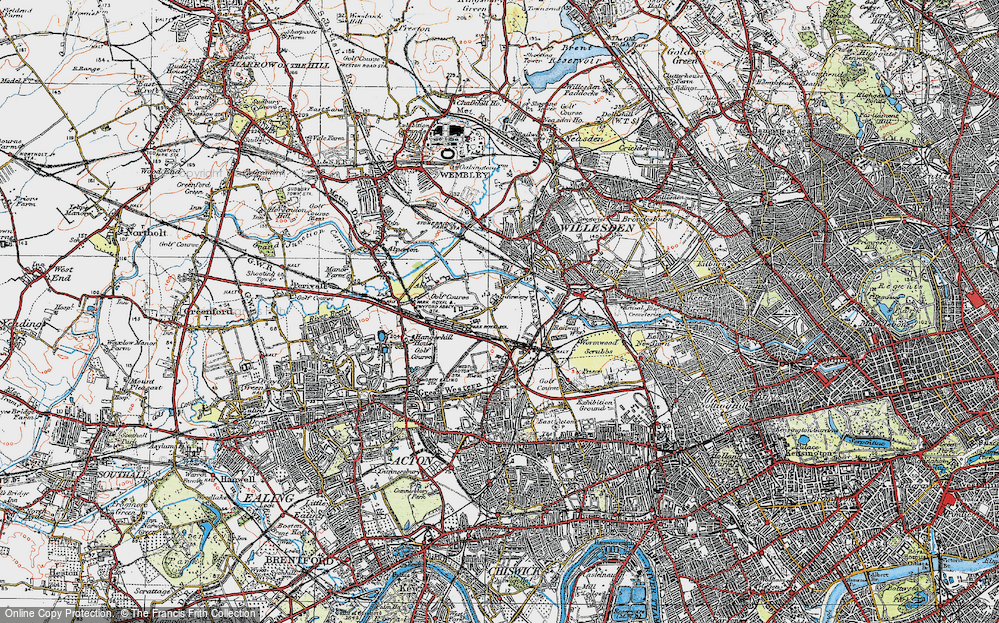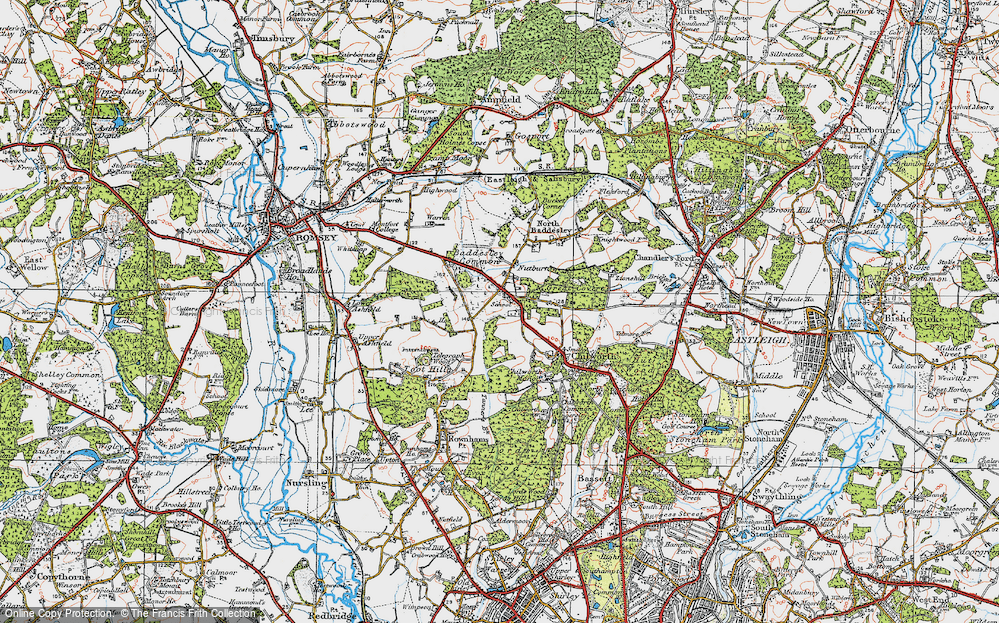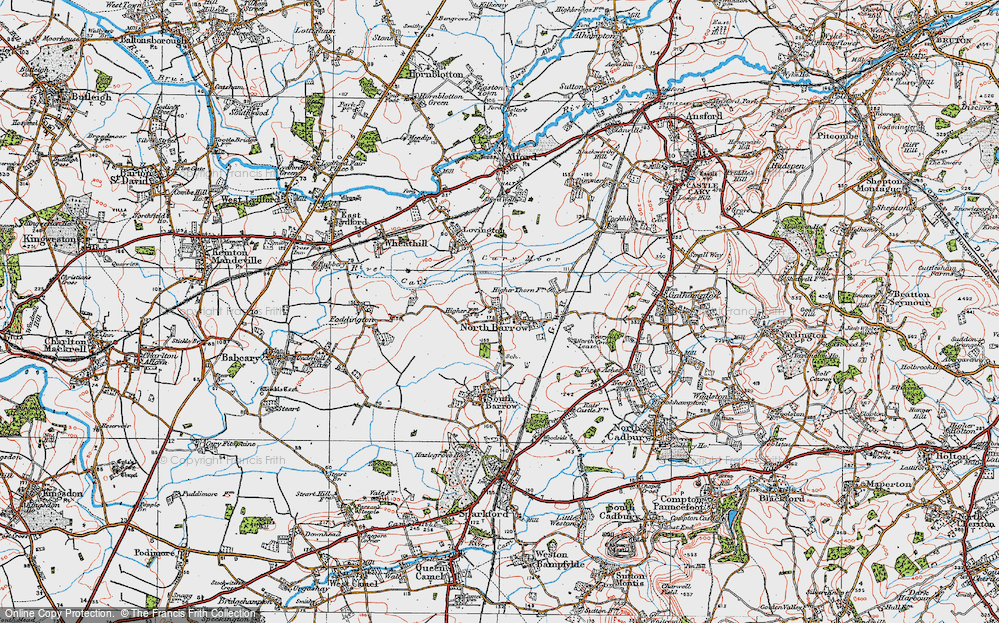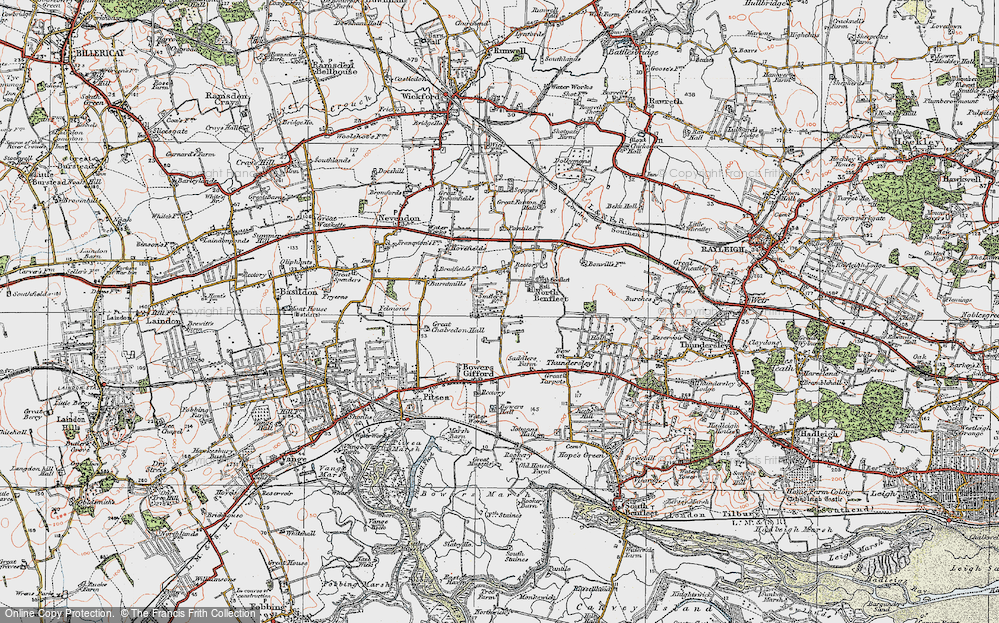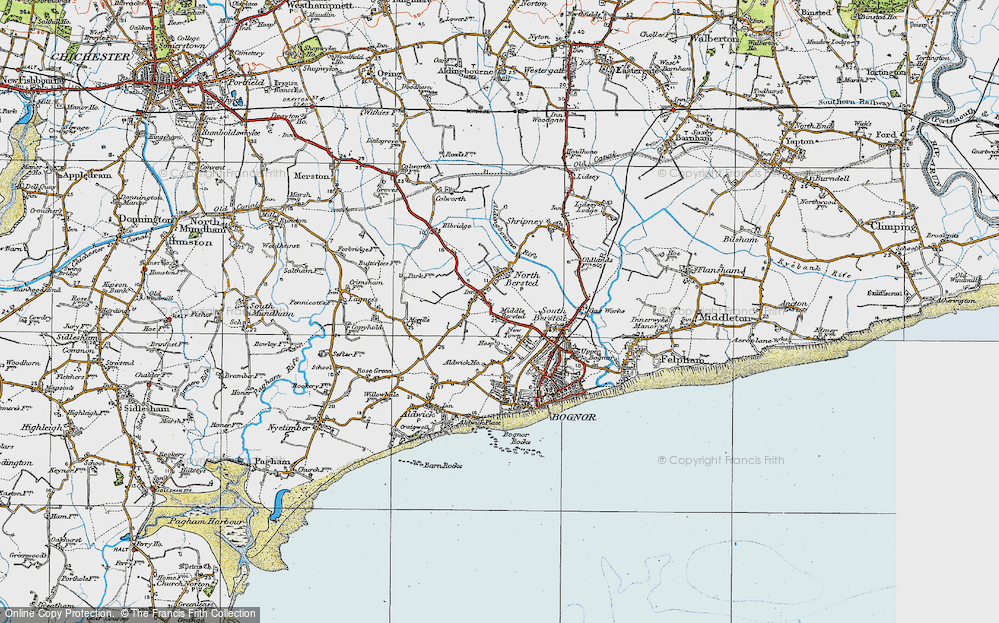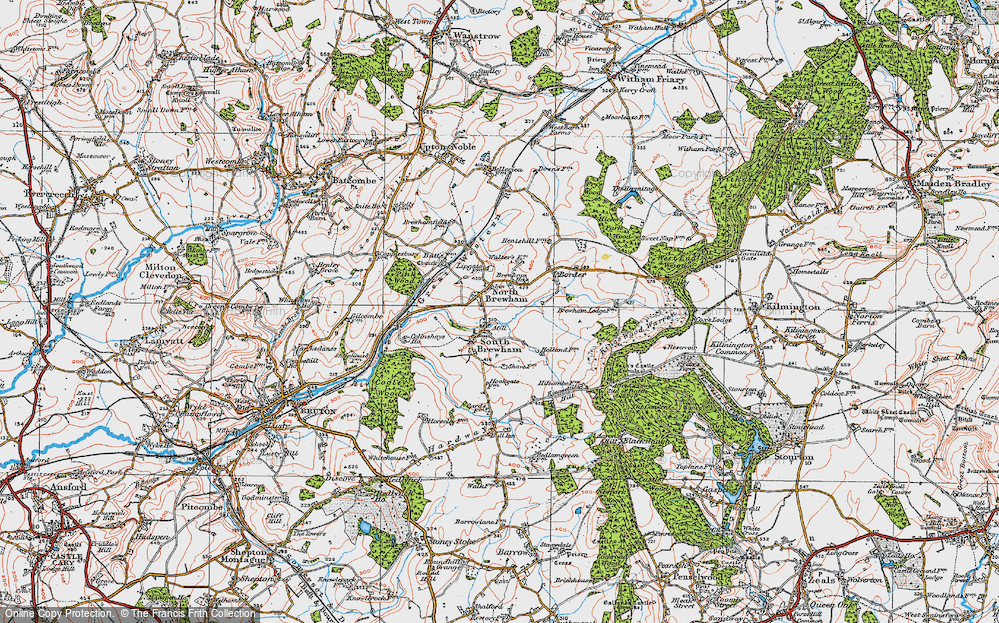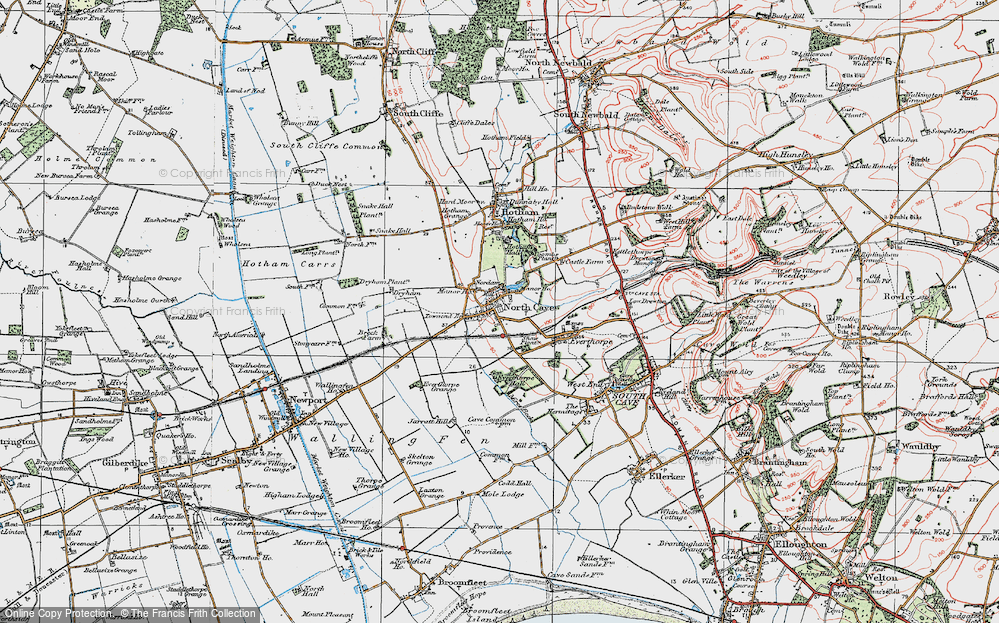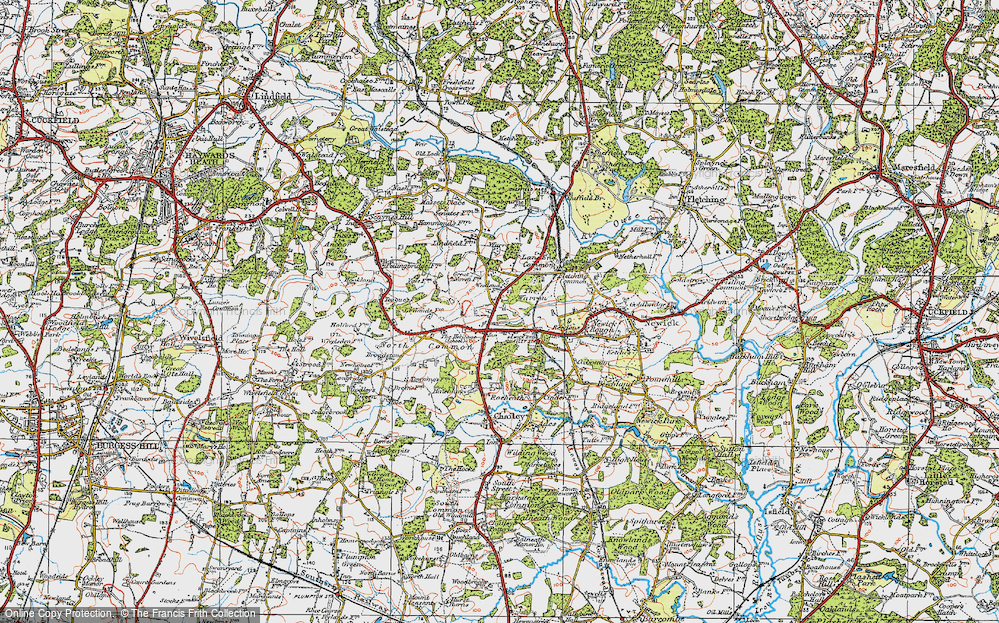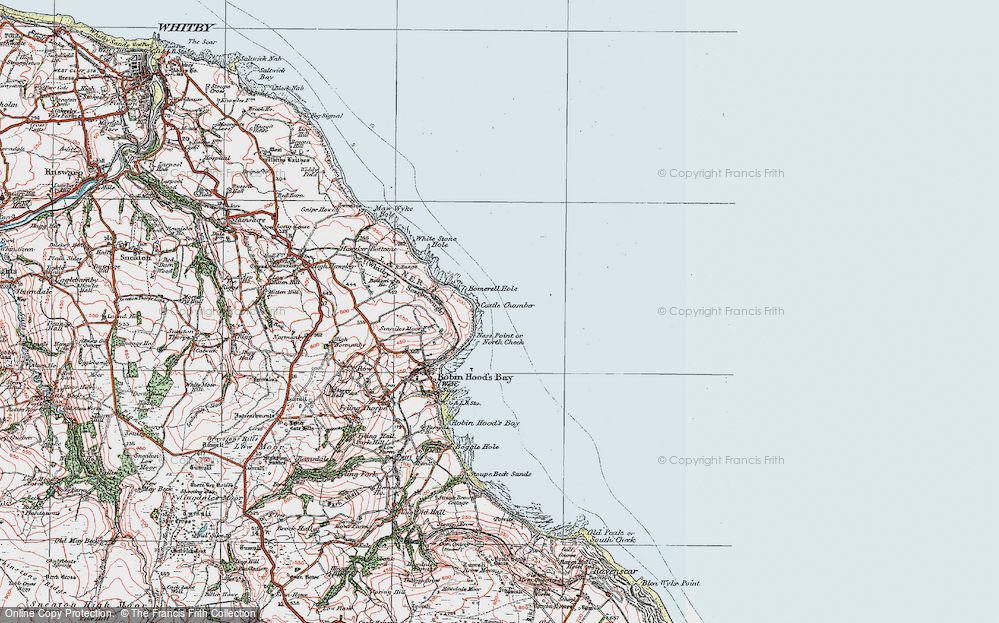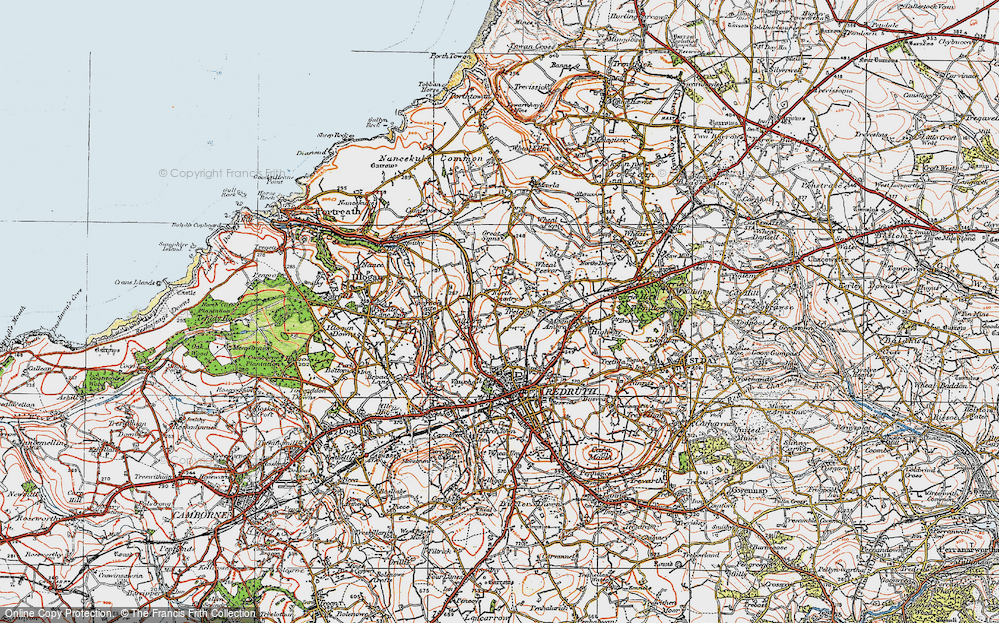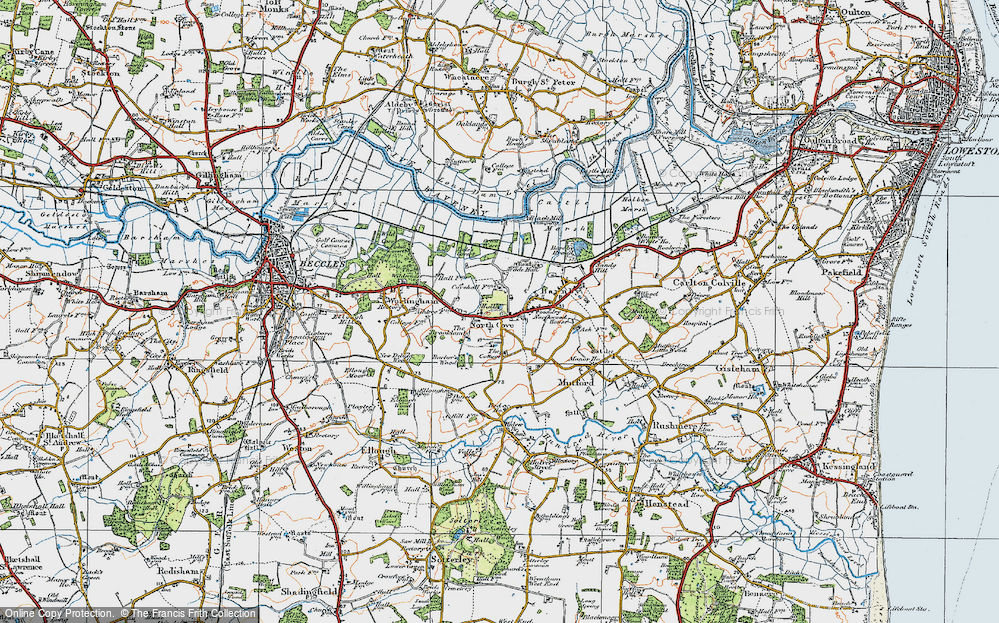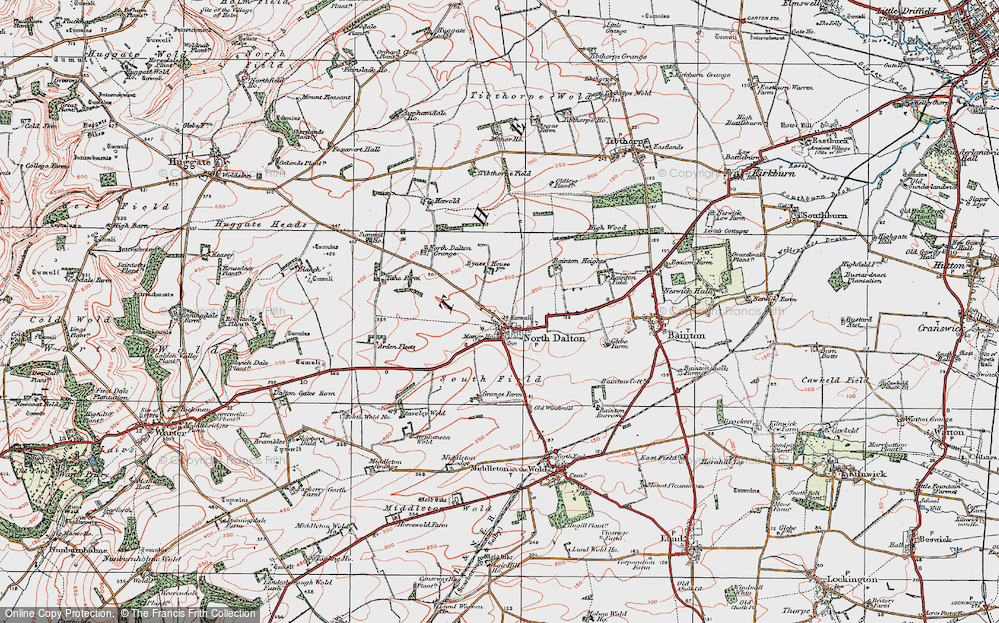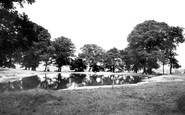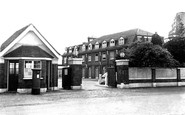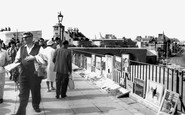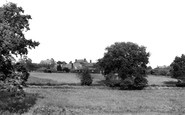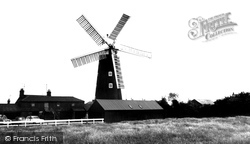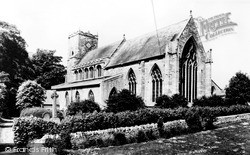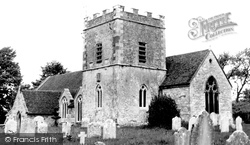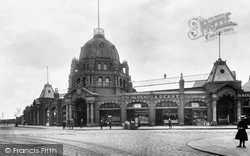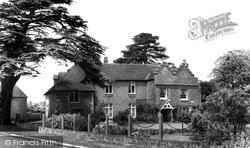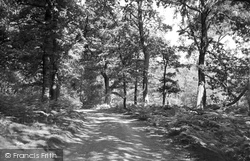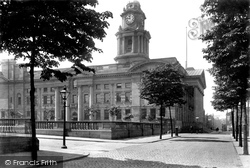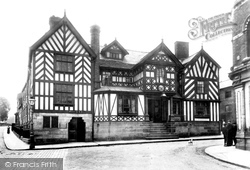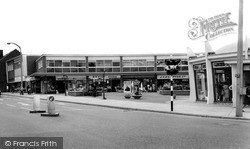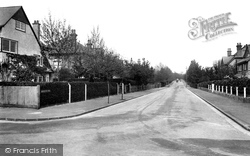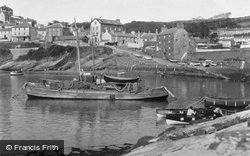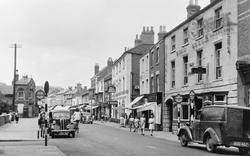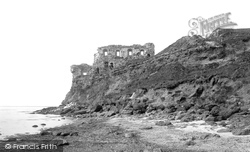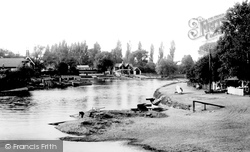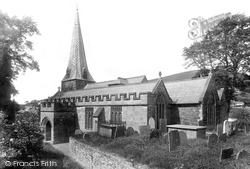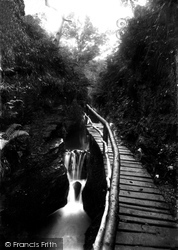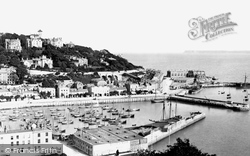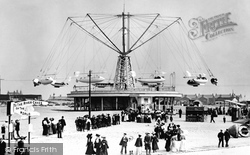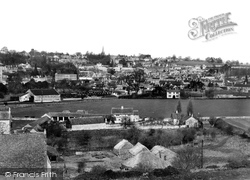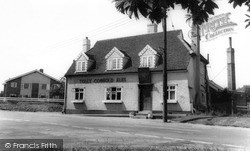Places
Sorry, no places were found that related to your search.
Did you mean: north ness or na h ness or nook ness or nash ness ?
Photos
12 photos found. Showing results 881 to 12.
Maps
9,582 maps found.
Books
Sorry, no books were found that related to your search.
Memories
4,583 memories found. Showing results 441 to 450.
The Dew Pond
I used to play around this pond, ride my bike through the edges, and later on caught fish here. Many of those were aquarium species that had been released into the pond. We used to catch goldfish often, and I once placed a ...Read more
A memory of Wembley Park in 1965 by
The 1950s
Though I have some recall of the 1940s - eg starting school in 1948 at the age of three and a half and being reluctant to get off a rocking horse on the first day, it was the 1950s that really kicked in - to the accompaniment of songs ...Read more
A memory of Corwen in 1950 by
My Dad Was At Hendon Police School In 1958
My late father was a police officer with the Royal Malaysian Police between 1953 and 1982 inclusive. In the early years of his career he served under several British officers and was sent to the thick ...Read more
A memory of Colindale in 1958 by
Childhood Memories
I was born in Hereford County Hospital in 1945 and together with my twin sister was bought back to Broad View, Llangrove where I lived with my Mum and Dad and older brother from 1945 until I got married in 1965. My Dad had ...Read more
A memory of Llangrove in 1950 by
Cranford Shops 1980s 2010
Starting from Tesco Express: This used to be a block of about 2 or 3 shops which included a building society and a travel agent. Next to this was Barclays Bank which closed down in the late 1980s/early 1990s. It remained ...Read more
A memory of Cranford
Reminiscences Of Portsmouth In The Late 1930s
I was born in Portsmouth in 1933. My family and I lived first in Lyndhurst Road - about which I don't recall too much - then later in Merrivale Road. I remember very clearly where Merrivale joined ...Read more
A memory of Portsmouth by
Some Childhood Years In Sorbie 1932 T0 1937
The family moved from Reay in Caithness to Sorbie in 1932 - I was 2 years old and had a sister who was 12 years old and a brother, 10 years old, so there was a huge difference in ages and I was brought up ...Read more
A memory of Sorbie in 1930 by
Bad Memories
I was in the Sanatorium, the children's section, aged seven in 1949 suffering from TB, my mother was sent there the following year and stayed in the woman's section, also with TB, and unfortunately she died there after just a ...Read more
A memory of Chandler's Ford in 1949 by
Bestwood Lodge
After browsing this site in search of any information or memories about Bestwood Lodge. Nothing comes up other than Bestwood Village. So I thought I would add my own. So here goes...........Is there anyone out there who ...Read more
A memory of Bestwood Village
Laurel Cottages
A few years ago, along with two of my daughters, I came to look for Laurel Cottages as my mother had lived there up to her death in September 1942. My mother, Mona Braithwaite, was a cook and lived at 9 Laurel Cottages. ...Read more
A memory of North Warnborough in 1940 by
Captions
1,652 captions found. Showing results 1,057 to 1,080.
North of Wainfleet, on the Skegness to Lincoln road, Burgh le Marsh is a market town whose charter was granted in 1401. At its east end is another of Lincolnshire's preserved windmills.
This is another of the Lincolnshire churches built with the local limestone. It overlooks the Trent and Witham valley towards the Nottinghamshire border.
The church enjoys another noted link with the past. William Gilpin became vicar here in 1777, and later wrote several books on natural history.
The Earl of Derby both gave the land and also paid for the construction of the market, which opened in 1841.
On the left we can see medieval stonework and windows, whilst a Flemish influence seems apparent on the right of the building.
Here we have another view of a track in the forest. Here we might catch glimpses of fallow deer and even roe and red deer.
The Town Hall, another gift from Lord Ashton, had opened in 1909; it was designed by E W Mountford, who was the architect of the Old Bailey in London.
The two oldest buildings in Congleton are both inns, the White Lion near the Town Hall and the Lion and Swan shown here. However, Congleton is known as the Bear Town.
The precinct is built on the site of the Townsend tram terminus, next to a junction known as the Cross, which is also the name of a good-looking pub on the opposite corner.
This was another desirable residential road, with prosperous Victorian villas at its eastern end.
This view from the end of the stone pier shows the four-storey Custom House surrounded by rowing boats, which were used by both local fishermen and holidaymakers.
West of Long Sutton and east of Spalding, Holbeach is another of Lincolnshire's numerous small market towns. It received its first market charter in 1252.
Originally the fort comprised a two-storey building with a north tower and a gatehouse.
The one-time manor is sited very close to the M1 motorway, and the whole area has undergone considerable development because of the demand for housing within reach of London.
This shows both sides of the river. The punt crossed the Thames to a slipway to the right of Dunton's boathouse, and the fare was 1d.
The pub sign is for the Ship, always, it seems, a locals' watering hole as opposed to the other inns and cafes that have catered for travellers on the London to Portsmouth road.
Here is another broach spire, 102ft tall, after the style of St Peter's, Barnstaple. The church, St James, is packed with interest.
In 1896 Groudle Glen opened its own railway from Lhen Coan station to a terminus at Sea Lion Cove, and at less than one mile in length it was one of the shortest passenger-carrying railways in the world
Larger ships are generally brought up alongside the outer quay, both for convenience of embarkation and safety. S o m e r s e t , D e v o n a n d C o r n w a l l
Both are large; the north one is the more select, and the south more popular – just a penny pier where dancing goes on all day in the summer.
It now even boasts a café popular with both workers and tourists alike.
The hay ricks and the milking sheds (skillins) remind us of another time. The County Council bought the land in the 1970s for development into the Country Park.
He is usually shown as he is on the sign here - bearded, hairy and carrying a club. In the medieval period he represented good fighting evil in the form of a lion or other wild animal.
Opened in 1934 on the site of the former Middleton Hall corn mill, these gardens became another focal point for the town and a much-loved asset.
Places (0)
Photos (12)
Memories (4583)
Books (0)
Maps (9582)


